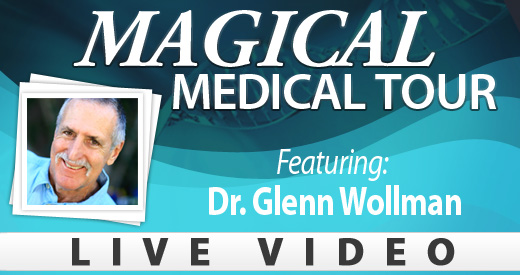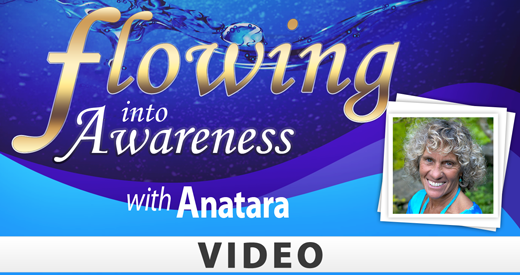| YogaHub |  |
The benefits of acute stress for people in pain
The stigma of chronic pain can lead us to persevere and try to push through the pain, only stopping when we cannot carry on. Then the pain flares up and we pay the price!
If you have read my blogs or listened to the pain education I provide, you will have heard me suggest that this technique may be good for ‘getting the job done’, and it may be helpful in acute pain, but it is actually counter-productive to regaining greater ease of movement in the face of persistent pain. The theory we have for this includes two key ideas. First, if your protection systems are producing pain in order to get you to stop, but you do not even yield, the system will start to function as if the alarms are not loud enough. Second, your nervous system will learn to get better at whatever it practices. The more it practices creating intense pain, the better it gets at producing intense pain.
This idea may have merit, but for many people it is in direct conflict with the idea that our body will grow stronger if we continue to stress it. Actually, this is much more than an idea. It is normal reality. If you want to make a muscle stronger, use it more. If you want to grow more tolerant of an irritating or bothersome sensation or experience, step up to it. Face it. In time, it will bother you less. Try playing a string instrument for the first time, and feel the intense pain from pushing down strings with your fingertips. Keep doing it and your body will adapt, even creating a callous as a protective response, just like woodworkers and carpenters have on their hands and dancers have on their feet. In other words, when you stress your body, typically it responds by being better able to tolerate that stress next time.
So why does this positive adaptation not occur in many people with persistent pain conditions? New research provides some clues. It also provides support for what we can do to create positive adaptations in our sensitized nervous systems.
Scientists know that there is one part of the brain that is highly important for learning – the hippocampus. They also know that the persistent high levels of stress hormones from chronic stress inhibits activity in the hippocampus. Recently, studies have shown that this area of the brain is one of the few to be able to produce new brain cells. These same chronic stress hormones inhibit new cell formation, and this likely has a detrimental effect on learning new things. So chronic stress is bad, but what about acute stress?
At the University of California, Kirby and colleagues* studied the effects of acute stress on the formation of new cells in the hippocampus, and on learning. They used rats, knowing that there are enough similarities in brain functions to make some generalizations from the studies to humans. The rats were stressed over a short period with inactivity. (Yup, this is a stressor.) This temporary stress doubled their stress hormones, and the researchers measured up to twice as many new brain cells in the hippocampus. New brain cells should lead to improved brain function, and that’s exactly what they found. They were able to put markers on these new cells and show that once the cells matured two weeks later, these same cells were used by the rats in a learning task to out-perform other rats that had not undergone the acute stress.
What does this all mean?
It means acute stress is adaptive. This makes sense. When we exercise – challenging our physical abilities – we are not just improving our bodies physically; we are also making changes in our nervous systems.
Chronic stress is detrimental to these positive adaptations. Not only does the persistent pain inhibit us from being more active and exercising more, it stops the brain from changing in a positive way. When we have persistent pain and we attempt activities we used to be able to do, it’s possible that part of the reason we don’t experience those same positive adaptations is that the stress of the pain is interfering with changes in the nervous systems that would support recovery.
This is theoretical. However, I hope you will consider it in light of your pain and physical limitations. If your experience has been that using your strength of will to endure the pain during exercise has not led to the improvements you would expect, then it is worth trying something different. If this is the case, try the following.
Decrease stress hormones: Make a daily plan to spend over 30 minutes calming your breath, your body tension and your stress.
Create acute stress while limiting the chronic stress of a flare-up: Make a daily plan to try an activity (or part of an activity) you want to do, but do it while you do your very best to keep your breathing even, your body tension low (only use as much as you need for the activity), and your stress level as low as possible.
If you are unsure of how to breathe calmly, relax your muscles and lower your stress, there are a growing number of online education modules and ‘apps’. There are also many physical therapists, health professionals and yoga therapists who can help guide you with this.
GPS4Soul and Breathe2Relax are two good apps. You will need the iPhone 4 or 5 for GPS4Soul, but it is an excellent free biofeedback app.
Also, our recent open-access Yoga for People in Pain webinars provide instruction in calm breathing, releasing body tension and moving in the face of pain: www.lifeisnow.ca/pip/therapeutic-yoga/
*Elizabeth D Kirby, Sandra E Muroy, Wayne G Sun, David Covarrubias, Megan J Leong, Laurel A Barchas, Daniela Kaufer. Acute stress enhances adult rat hippocampal neurogenesis and activation of newborn neurons via secreted astrocytic FGF2. eLife, April 16, 2013
[tags] biofeedback, apps, Breathe2Relax, GPS4Soul, brain, scan, pain, understanding, hippocampus, stress, breathing [/tags]






